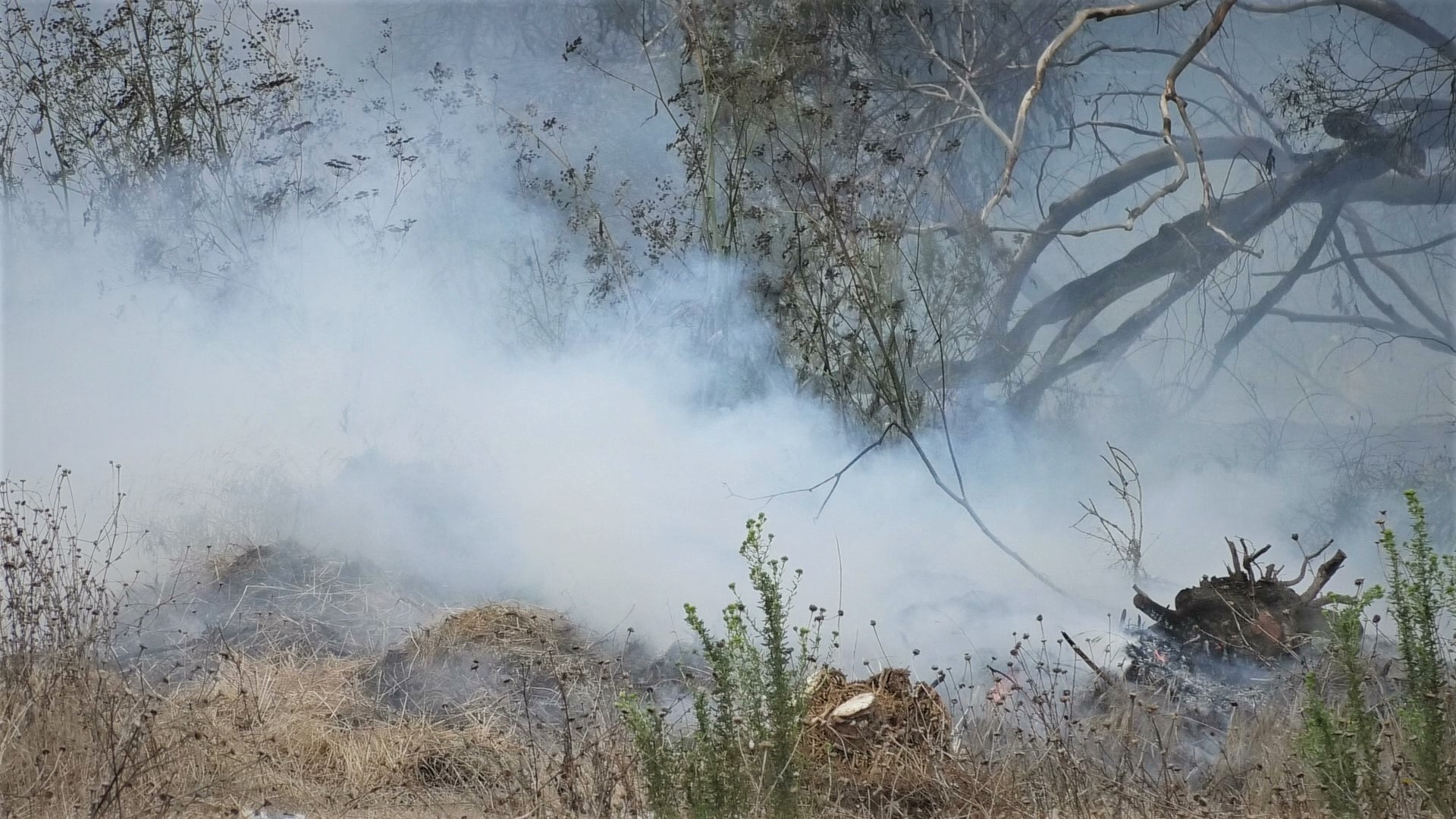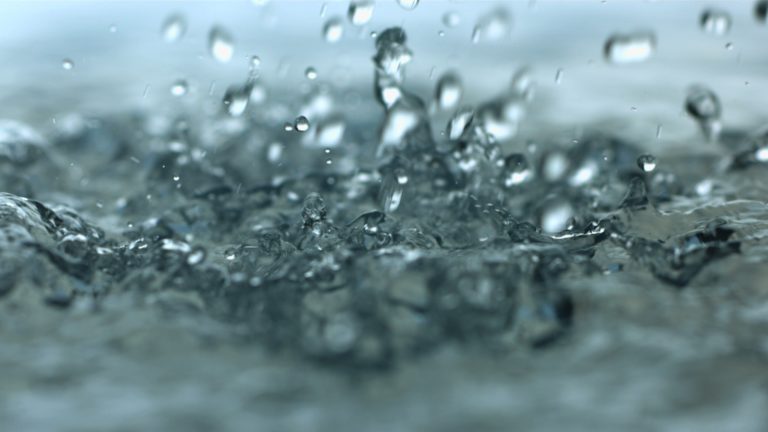How climate change and wildfire smoke can impact the skin
By Newswise
New research shows that wildfires are increasing in frequency, intensity, and extent, and affecting air quality across the U.S., they are having a detrimental effect on people with and without skin conditions.
“The health impact of air pollution from wildfires has not been well studied, but the evidence from our recent studies suggests that short-term exposure to wildfire air pollution can affect the skin and cause flares of certain skin disorders,” said board-certified dermatologist Maria Wei, M.D., Ph.D., FAAD, who is a professor of dermatology at the University of California, San Francisco. “We found that the air pollution from California wildfires were associated with an increase in patient visits to dermatologists for both eczema and psoriasis. These results are consistent with studies indicating that air pollution from wildfires can be more toxic than air pollution caused by traditional industrial and traffic sources.”
Psoriasis and eczema, also known as atopic dermatitis, are two common skin conditions. Psoriasis occurs when the body makes skin cells too quickly, causing the cells to pile up and form visible patches or spots on the skin. Eczema causes inflamed, irritated, and often itchy skin. Both skin conditions can affect patients’ quality of life.
People who have eczema were more likely to visit dermatologists during the wildfires, while psoriasis patients were more likely to seek care five to nine weeks after the fires started, Dr. Wei said.
“This difference in timing may suggest that there are differences in how air pollution triggers flares for eczema compared to psoriasis,” she said. “We also noted a significant increase in the number of oral and injectable medications prescribed for eczema during the wildfires, suggesting that the disease flares were more serious.”
The wildfires also affected adult and pediatric patients differently. The number of adults who sought treatment for psoriasis increased during the wildfires, while there was no increase in pediatric psoriasis patient visits.
The studies showed there was an increase in the number of children, and adults over the age of 65, who sought treatment for eczema while the studies’ authors noted that people who had never been diagnosed with eczema sought care from dermatologists for itchy skin during the wildfires.
“One of the interesting things that we discovered is that wildfire air pollution can affect communities quite a distance from where the fires originate,” Dr. Wei said. “The two fires we studied were 50 miles and 175 miles away from San Francisco, where the studies’ patient population was located. This suggests that as wildfires increase, we might see an influx in the number of people seeking care for pollution-related skin conditions.”
Dr. Wei noted there are no studies that have confirmed how to minimize the effects of wildfire air pollution on skin conditions like psoriasis and eczema.
“We hypothesize that staying indoors during days with high levels of air pollutants and having an indoor air purifier can help,” she said. “It’s not clear if topical medications or moisturizers will help. Future studies are needed to assess the effectiveness of these strategies.”
Wildfires are not the only disasters that have been associated with skin diseases, said Dr. Wei. Residents of an Ohio town near the site of a recent toxic train wreck have reported rashes on their hands and faces. Similarly, dermatologists in 2017 noticed that as flooding increased throughout the country, people in the affected areas reported dermatologic issues such as wound infections and contact dermatitis.
Skin issues can have a serious impact on your health and well-being. If you have a skin concern, you should partner with a board-certified dermatologist, said Dr. Wei.







